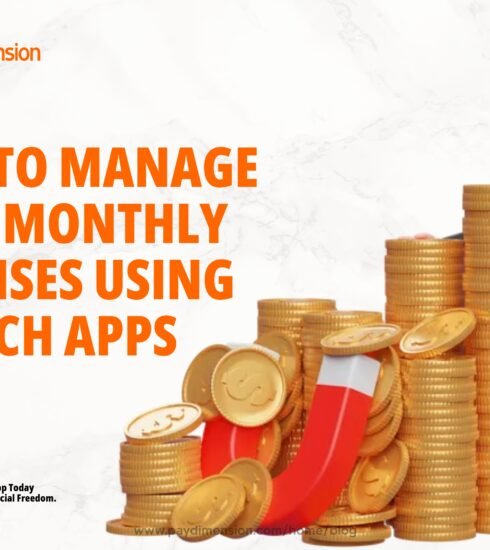Tips for Enhancing Online Financial Security: Common Threats and Proactive Measures
Cyber threats are real, and without proper security measures, your financial information can be at risk. This article will break down the common threats to your online financial security and offer simple tips to protect yourself.
Common Threats
- Malware: Malware is malicious software designed to damage or gain unauthorized access to your computer system. It can be hidden in email attachments, suspicious links, or even legitimate-looking apps. Once installed, it can steal your personal data, including financial details.
- Phishing Scams: These are fake emails or messages that seem to come from trusted sources like banks or popular websites. They often ask you to click on a link or provide personal information. If you fall for it, scammers can steal your information.
- Weak Passwords: Using simple or common passwords makes it easier for hackers to access your accounts. Passwords like “123456” or “password” are not secure and can be easily cracked.
- Public Wi-Fi Risks: While it’s convenient to use free Wi-Fi at cafes or airports, these networks are often not secure. Hackers can intercept the data you send or receive, including financial information.
- Unsecured Websites: Not all websites are secure. If a website’s URL doesn’t start with “https” or doesn’t show a padlock symbol, it might not be safe to enter your financial information.
Proactive Measures
- Use Strong, Unique Passwords: Create complex passwords that are hard to guess, using a combination of letters, numbers, and symbols. Avoid using the same password across multiple accounts. Consider using a password manager to keep track of your passwords securely.
- Enable Two-Factor Authentication (2FA): 2FA adds an extra layer of security by requiring you to enter a second form of identification, such as a code sent to your phone, in addition to your password. This makes it much harder for hackers to access your accounts.
- Be Cautious with Emails and Links: Never click on suspicious links or download attachments from unknown sources. If an email asks for personal information, verify the sender’s authenticity before responding.
- Keep Your Software Updated: Regularly update your operating system, antivirus software, and apps to protect against the latest threats. Many updates include security patches that help guard against new types of malware.
- Avoid Public Wi-Fi for Financial Transactions: If possible, refrain from accessing your financial accounts over public Wi-Fi. If you must, use a virtual private network (VPN) to encrypt your data and protect it from prying eyes.
- Check Website Security: Before entering your financial information, make sure the website is secure. Look for “https” at the beginning of the URL and a padlock symbol in the address bar.
- Educate Yourself and Stay Informed: Cyber threats are constantly evolving. Stay informed about the latest scams and security practices by reading trusted sources or attending webinars.
- Monitor Your Accounts Regularly: Keep an eye on your bank statements and credit reports. If you notice any unauthorized transactions, report them immediately to your bank or credit card company.
By understanding the common threats to your online financial security and taking proactive measures, you can significantly reduce your risk of falling victim to cybercrime. Remember, it’s always better to be safe than sorry when it comes to protecting your finances online. Stay vigilant, and don’t hesitate to seek help if you suspect your information has been compromised.






